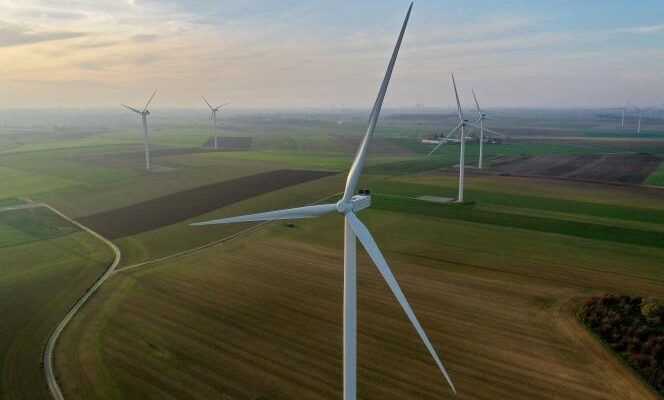France claims a driving role in favor of the energy transition on the international scene and already has very largely low-carbon electricity … but it must progress much more to hope to achieve carbon neutrality in 2050. Five months before the presidential election, the International Energy Agency (IEA), based in Paris and attached to the Organization for Economic Co-operation and Development (OECD), takes stock of the country’s energy policy – an exercise it repeats every five years. In the midst of a debate on the different possible options and while President Emmanuel Macron announced his intention to relaunch a new nuclear program in early November, she is also making a series of recommendations and calling on leaders to make choices urgently.
“Key decisions concerning France’s future energy system must be taken soon if it is to be able to achieve net zero emissions in 2050,” Fatih Birol, Director General of the AIE, was to underline at the launch of the report on Tuesday, November 30. France must invest much more in energy efficiency, renewable energies and nuclear power. ”
Because the IEA first makes a finding: France’s progress is “Slow” and the country is behind on its own targets for reducing greenhouse gas emissions and deploying renewables. These represented only 19.1% of final energy consumption in 2020, while the ambition was to reach 23%. For the organization, the gap with the targets set out in France’s energy roadmap for 2023 – the multiannual energy program (PPE) – is still “Massive” : to reach them, France would have to add, in just three years, 6.4 gigawatts (GW) of wind capacity, or 40% of the total capacity installed today, and almost double its photovoltaic capacities.
France will therefore have to increase significantly and rapidly its investments in energy transition, but above all, insists the IEA, improve its implementation. The report underlines that there is currently no framework for “Monitor, evaluate or guide” progress towards the multiple national goals and that “Many policies remain fragmented” across different departments. He proposes an annual update of the indicators of the PPE and the national low carbon strategy and calls on the government to avoid launching “Contradictory signals” in the direction of investors.
You have 38.64% of this article to read. The rest is for subscribers only.
